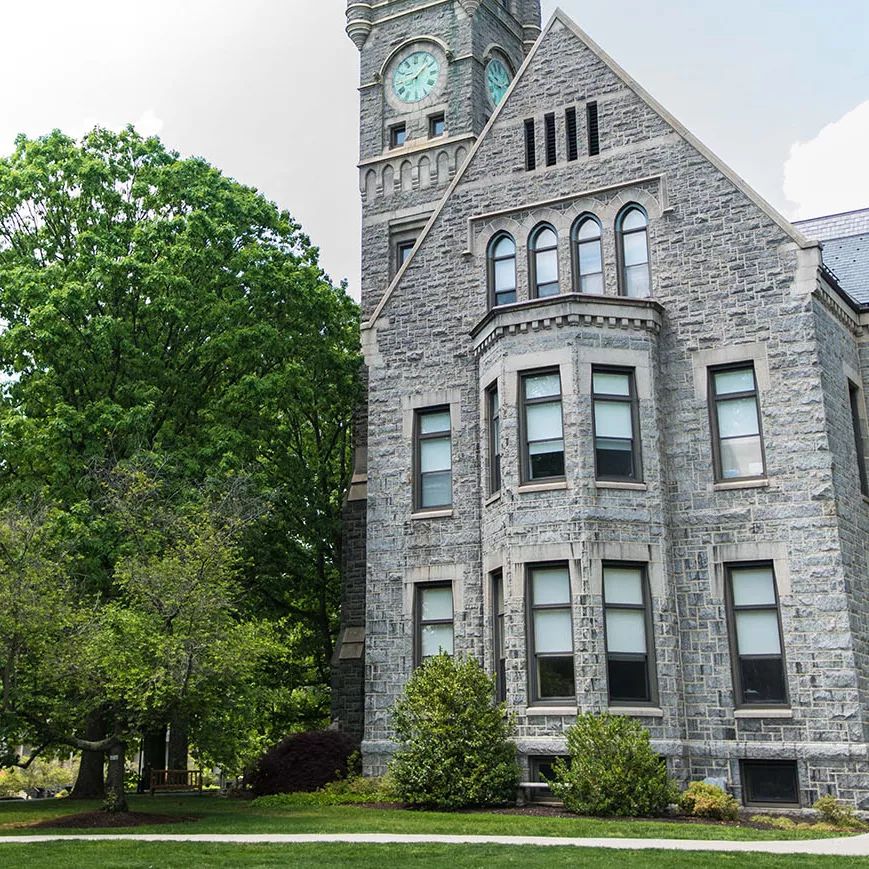History of the Committee on Academic Priorities
History of the Committee on Academic Priorities
The Ad Hoc Academic Planning Committee, which preceded CAP, first met in November 1987. It was charged, according to the College’s Middle States Report “with developing plans for the academic future of the College within the guidelines of the already adopted Plan for Achieving Financial Equilibrium [PAFE].” Related concerns included but were not limited to faculty research issues, the relationship between research and teaching, the nature of the curriculum, and faculty workload level. The Committee was composed of members of the Faculty and the Administration. Its co-chairs were Judith Shapiro (Professor of Anthropology and Provost from 1986 to 1994) and Dale Kinney (History of Art). Three members were liaisons from the Curriculum Committee, the Committee on Appointments, and the Graduate School of Social Work and Social Research (GSSWSR). The six additional members included three colleagues elected from the floor of the faculty and the Deans of the Undergraduate College, the Graduate School of Arts and Sciences, and the GSSWSR. During its first semester of meetings, the Committee indicated its interest in and concern about merging departments (thus deciding to oversee the Bi-College French merger, after that of German had occurred without any input from College committees), “increasing faculty participation in academic decision making and setting of policy”, as well as catalyzing discussion of issues and policy in faculty meetings. Members of this first year of the Ad Hoc Academic Planning Committee were Dale Kinney, Jane Caplan (History), Noel Farley (Economics), Frank Mallory (Chemistry), Al Albano (Physics), James Wright (Classical and Near Eastern Archaeology), Jane Kronick (Social Work and Social Research), the Deans of the Undergraduate College, the GSAS, and the GSSWSR and Provost Judith Shapiro.
This experiment having proved a success, the faculty voted to change the bylaws, make this committee a permanent part of the institution, and re-conceptualize it as a faculty committee only, consisting of five tenured members of the faculty elected from its floor with a view to representation from the various divisions and schools. The duly elected and newly named Committee on Academic Priorities first met in March 1989 and its first five members were Dale Kinney, Jane Kronick, James Wright, Penny Armstrong (French), and Margaret Hollyday (Biology). Its charge, as articulated in the minutes of May 15, 1989, was “to engage academic priorities for the College”. In these early working meetings, Committee members agreed to study the following issues: the structure of fulltime tenure lines, part-timelines, non-tenure lines; minimum and maximum enrollments; the definition of a full-time teaching load and examination of decisions based on these figures; study of how workload credits were counted; analysis of courses within departments by numbers of students and levels of courses; study of the Arts program, its rationale and status. The Committee also decided to take responsibility for recommendations to the President regarding search requests submitted by departments and programs. CAP also indicated its desire to have input in the external reviews of departments and programs. We note with interest the continuing relevance of the issues identified by the first CAP.
(June 2007)

Office of the Provost
Contact Us
Taylor Hall, First Floor
Bryn Mawr College
101 North Merion Avenue
Bryn Mawr, Pennsylvania 19010 Email:Officeoftheprovost@brynmawr.edu Phone: 610-526-5167
Office Hours
Monday-Friday 8 a.m.-5 p.m.